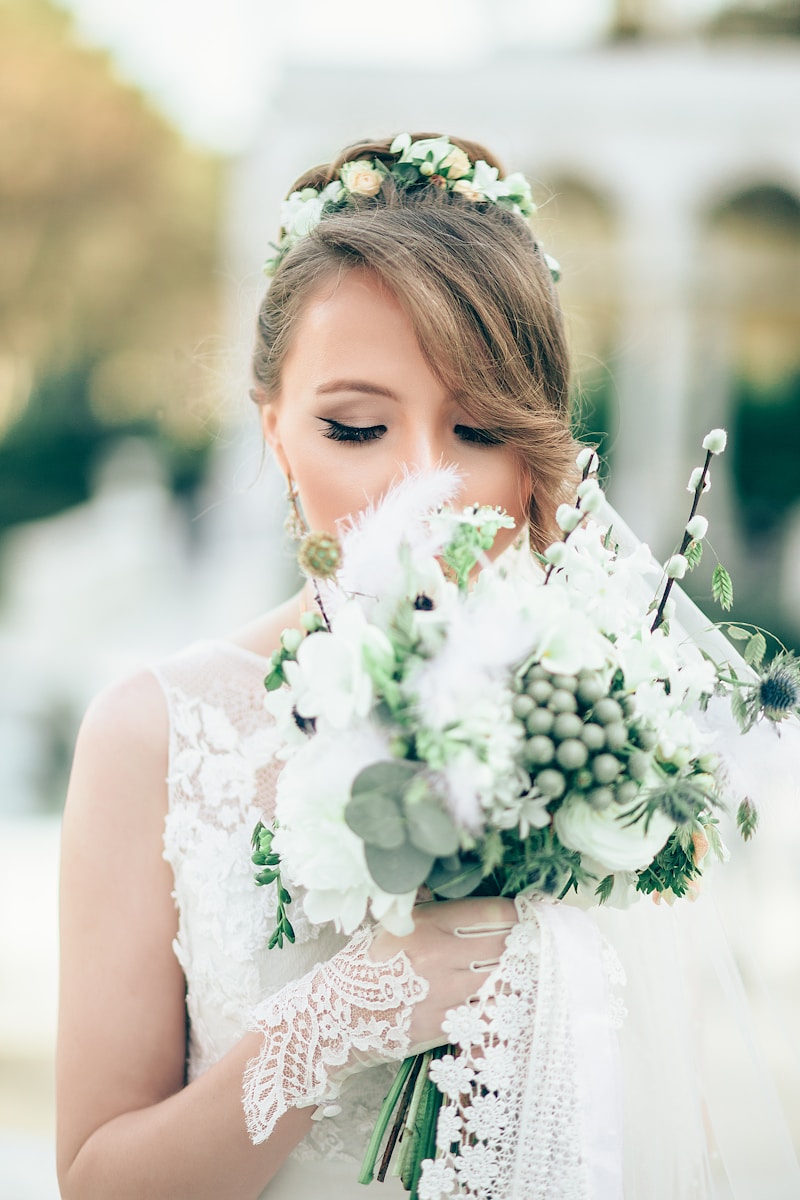Understanding the Hidden Costs of Planning a Wedding
Understanding the Hidden Costs of Planning a Wedding
Weddings are often seen as joyous events filled with love and celebration. However, the reality is that planning a wedding can come with a multitude of hidden costs that can take couples by surprise. Many couples focus on the major expenses like the venue, catering, and attire, but fail to account for secondary expenses that can quickly add up. In this article, we'll explore the hidden costs of planning a wedding, providing insights to help you navigate your wedding budget effectively.
The Major Expenses vs. Hidden Costs of Weddings
It’s essential to differentiate between the obvious expenses and those that may lurk beneath the surface, waiting to inflate your budget. Here’s a quick breakdown of typical wedding costs:
| Expense Type | Estimated Cost |
| Venue | $5,000 - $15,000 |
| Catering | $50 - $150 per plate |
| Photography | $1,500 - $5,000 |
| Floral Arrangements | $1,000 - $3,000 |
| Wedding Rings | $1,000 - $10,000 |
As you can see, while these may be large expenses, the hidden costs can often be overlooked.
Common Hidden Costs to Consider
Understanding these hidden costs is crucial to avoid financial stress later on. Here are some common hidden costs you should keep in mind:
1. Wedding Attire Upgrades
While you might initially budget for the dress and tuxedo, consider alterations, accessories, and undergarments. Alterations can easily range from $100 to $600, which can be a significant add-on.
2. Vendor Gratuities
It's customary to tip vendors who provide exceptional service. This can easily accumulate to a total of 15-20% of the overall cost of the services, adding potentially hundreds or even thousands of dollars to your wedding budget.
3. Ceremony Fees
Depending on your chosen venue, you may face additional charges for the officiant, obtaining marriage licenses, or venue-specific rules that require extra payments, such as insurance or clean-up fees.
4. Invitations and Stationery
The average couple spends around $400-$600 on invitations, but don’t forget about postage and additional items like save-the-dates, thank-you cards, and RSVP cards.
5. Unexpected Guest Changes
Guests may RSVP yes only to drop out last minute or add extra guests unexpectedly. It’s crucial to budget for these last-minute changes which can affect catering and seating arrangements.
6. Travel and Accommodation for Guests
If your wedding takes place at a far location, you’ll need to consider travel and accommodation costs for not just yourselves but often for out-of-town guests as well, which can add thousands to your total expenditure.
7. DIY Costs
Thinking of taking the DIY route to save costs? DIY can be rewarding, but sometimes the materials and time invested can turn it into a hidden cost compared to hiring professionals.
Planning for Hidden Costs: Tips and Strategies
To ensure you are prepared for the hidden costs, here are a few strategies that can help:
1. Create a Detailed BudgetStart with a comprehensive budget that includes all apparent costs and an added percentage (typically 10-20%) set aside for unforeseen expenses.
2. Prioritize ExpensesDecide which elements are most important to you, and allocate your budget accordingly. This will help you make informed decisions when unexpected situations arise.
3. Research and Compare VendorsDon’t just accept the first quote you receive. Shop around, read reviews, and ask for detailed pricing that includes potential hidden costs.
4. Communicate Openly with Your PartnerKeep an open dialogue with your partner about financial expectations and adjustments throughout the planning process. This will ensure you’re both on the same page and can work together to address any financial surprises.
Other Related Questions You May Consider
In your wedding planning journey, you may want to explore these related topics:
- What are the average costs of a destination wedding?
- How to save money on wedding decor?
- What should be included in a wedding budget breakdown?
- What are the best wedding planning apps?
- How to handle unexpected guest changes?

Conclusion
Planning a wedding is undoubtedly an exhilarating journey filled with wonderful moments. However, being aware of the hidden costs of planning a wedding ensures that you aren’t caught off guard as the big day approaches. Take the time to budget comprehensively and communicate effectively with your partner as well as your vendors. With a little planning, you can enjoy your day to the fullest without the burden of unexpected financial stress. Remember, weddings are a celebration of love, and by preparing adequately, you can stay focused on that joy rather than the potential financial pitfalls.
